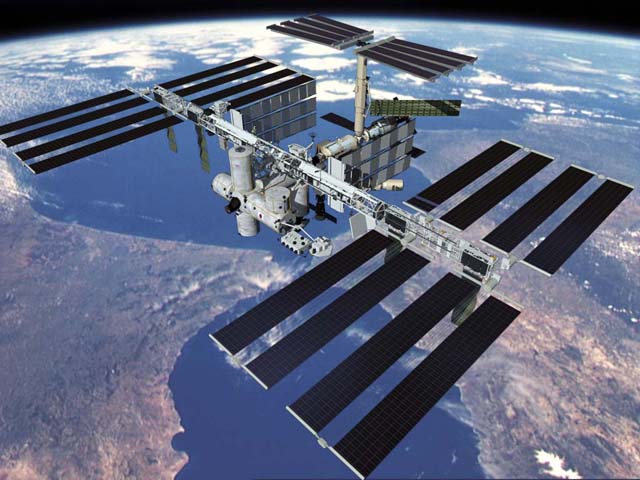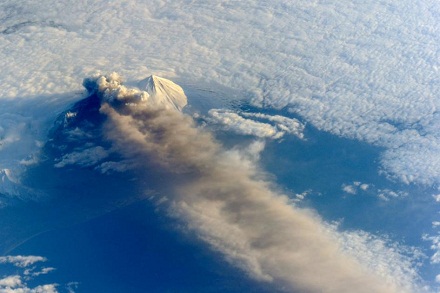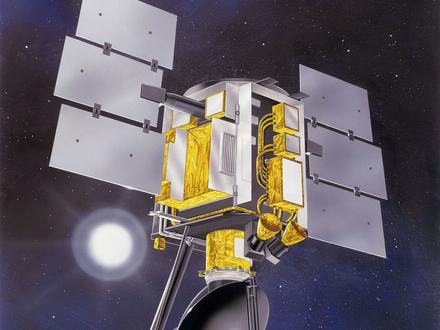Turning International Space Station into a giant Earth observer

With the inclusion of six new Earth science instruments NASA wants to take the earth watching capability of ISS to a whole new level. The upgrading process started on September 20th when a SpaceX resupply rocket blasted off from Cape Canaveral carrying the first NASA Earth-observing instrument, ISS-RapidScat, to be mounted on the exterior of the space station.
With ISS up there in Earth's orbit, there is no need for another spacecraft to be built for playing the so important role that it plays.
"We're seeing the space station come into its own as an Earth-observing platform," says Julie Robinson, chief scientist for the ISS Program. "It has a different orbit than other Earth-observing satellites. It's closer to Earth, and it sees Earth at different times of day with a different schedule."
Sometimes astronauts in low orbits can see things that regular satellites do not. For instance, in May 2013, astronauts on board the ISS captured images of a fresh eruption of the Pavlof Volcano in the Aleutian Islands. Their oblique perspective exposed the three dimensional structure of the ash plume which was only 6096 meters high. Regular satellites could not obtain similar 3D information. ISS thus offers a unique way of studying Earth.

Pavlof Volcano from ISS. Image credit: NASA / ISS
With the launch of ISS-RapidScat to the ISS in 2014, to measure ocean surface wind speed and direction and help improve weather forecasts, including hurricane monitoring, ISS is supposed to go one step ahead to become a giant watcher of Earth's weather conditions. The ISS-RapidScat is a replacement of QuikScat, an Earth satellite which provided valuable data on ocean winds up until 2009.

An artist's concept of QuikScat. Image credit: NASA
Next to go up is the Cloud-Aerosol Transport System( CATS), a laser radar, capable of measuring clouds along with airborne particles such as pollution, mineral dust, and smoke. Another SpaceX is scheduled to carry CATS to ISS in December this year.
Two more Earth science instruments are scheduled to launch in 2016. To understand how the ozone layer is recovering, scientists are planning in instrument called SAGE III. Lightning Imaging Sensor, the other sensor will monitor thunderstorm activity around the planet. Those instruments are ready and awaiting flight.
In July this year, NASA accepted proposals for two new instruments. Both are expected to be completed within 2020. These two instruments are The Global Ecosystem Dynamics Investigation (GEDI) and the ECOsystem Spaceborne Thermal Radiometer Experiment on Space Station (ECOSTRESS).

"With the space station we don't have to build a whole new spacecraft to gather new data – it's already there. Designing instruments for the space station also gives us a chance to do high-risk, high-return instruments in a relatively economical way," says Stephen Volz, associate director of flight programs in the Earth Science Division at NASA Headquarters.
Featured image courtesy: NASA

Commenting rules and guidelines
We value the thoughts and opinions of our readers and welcome healthy discussions on our website. In order to maintain a respectful and positive community, we ask that all commenters follow these rules.